[ENG-SPN] Two architectural gems of the Boides Valley / Dos joyas arquitectónicas del Valle de Boides
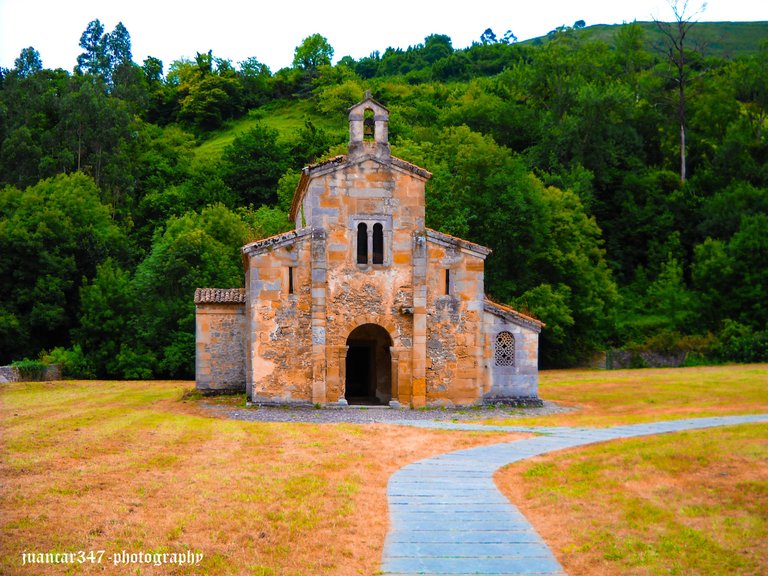
Turning their backs on Villaviciosa and its estuary, and also leaving behind architectures as fascinating and at the same time so shrouded in mystery as the magnificent temples of Saint Mary of the Olive and Saint John of Amandi, travelers, curious people, and pilgrims can discover, as they venture inland with the intention of reaching the capital of the Principality of Asturias, that is, the stately Oviedo, great landmarks and enigmas of a past that are far from having said the last word, even at this point in the 21st century and with the incredible advances of the Digital Age, especially in relation to the numerous mysteries that truly surround them.
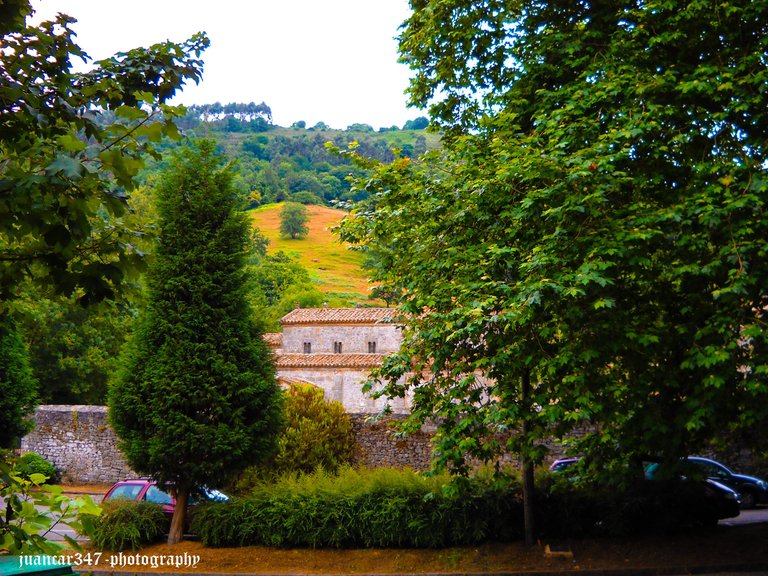
Aside from the richness of an environment that appears unchanged by the inevitable passage of time, the Boides Valley preserves, in the same predictable setting where early hominids could well have been influenced by external factors, such as those proposed by Arthur C. Clarke with the famous monolith in his excellent novel 2001: A Space Odyssey, two unique monasteries which, although located just a few meters from each other, are nevertheless separated by the insurmountable distance of that metaphorical, impossible-to-cross sea of time: Saint Savior and Saint Mary of Valdedios.
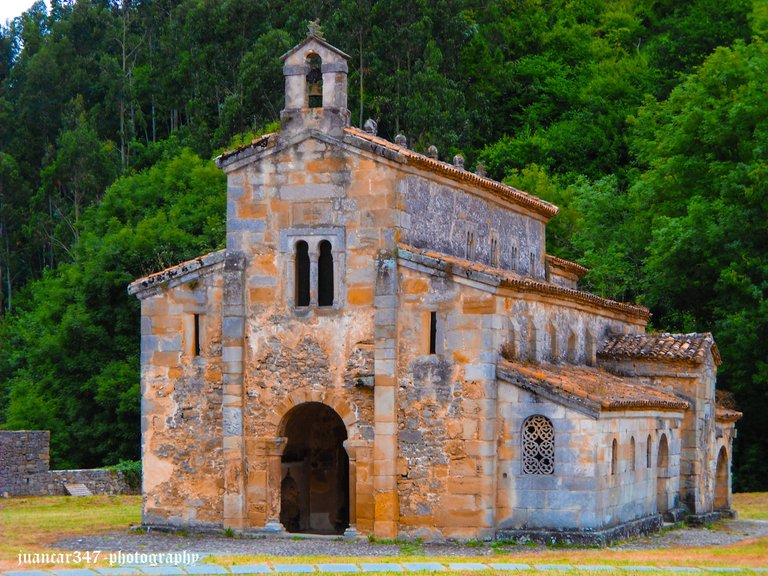
Popularly known by the affectionate nickname of 'the Convent', the disconcerting monastery of Saint Savior of Valdedios is one of the main examples of fascinating architecture that, without responding to pre-Visigothic models nor anticipating pre-Romanesque models, directly sinks its origins in a darkness of repopulation, which, in addition to witnessing the discovery of the supposed remains of the Apostle James in the neighboring Galician town of Libredón - currently Compostela - are part of that fragile history of a Spain practically plunged into chaos: one that, from the 7th century until the end of the 10th century, witnessed not only the dreaded arrival of the Apocalypse proclaimed by Saint John, influenced by his dreams on the island of Patmos, but also the creation of monumental monasteries, as evidenced by the proximity - and rarely will you find such relevant examples, one opposite the other in the same place - of the Romanesque monastery of Saint Mary, an example, moreover, of the austere beauty of Cistercian architecture.
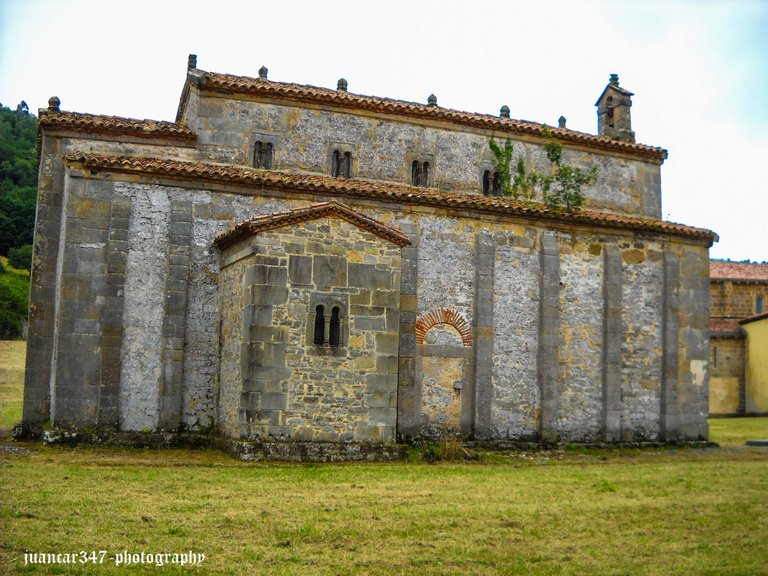
Dándole la espalda a Villaviciosa y a su Ría, dejando también atrás arquitecturas tan fascinantes y a la vez, tan envueltas en el misterio, como son, indiscutiblemente, los magníficos templos de Santa María de la Oliva y de San Juan de Amandi, viajeros, curiosos y peregrinos pueden encontrar, a medida que se adentran hacia el interior con intenciones de llegar a la capital del Principado de Asturias, es decir, a la señorial Oviedo, grandes hitos y enigmas de un pasado, que lejos están, incluso a estas alturas del Siglo XXI y los increíbles adelantos de la Era Digital, de haber dicho la última palabra, sobre todo, en relación a los numerosos misterios que realmente los envuelven.
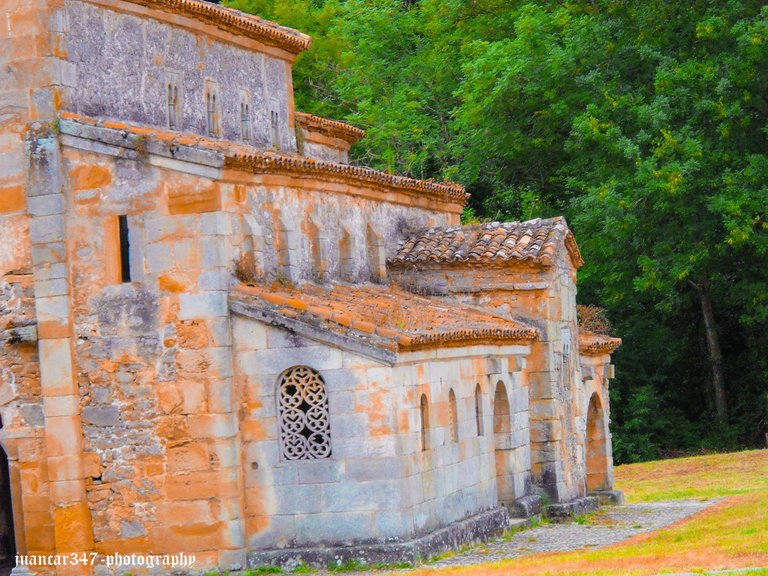
Aparte de la riqueza de un entorno que no parece haber sido modificado con el inevitable transcurrir del tiempo, el Valle de Boides conserva, en ese mismo y previsible escenario donde los primeros homínidos bien pudieran haber sido influenciados también por factores externos, como los que propone Arthur C. Clarke con el famoso monolito de su excelente novela titulada ‘2001, una odisea del espacio’, de dos singulares monasterios, que, aun estando situados a escasos metros el uno del otro, están, no obstante, separados por la distancia insalvable de ese metafórico mar, imposible de atravesar, que es el tiempo: San Salvador y Santa María de Valdedios.
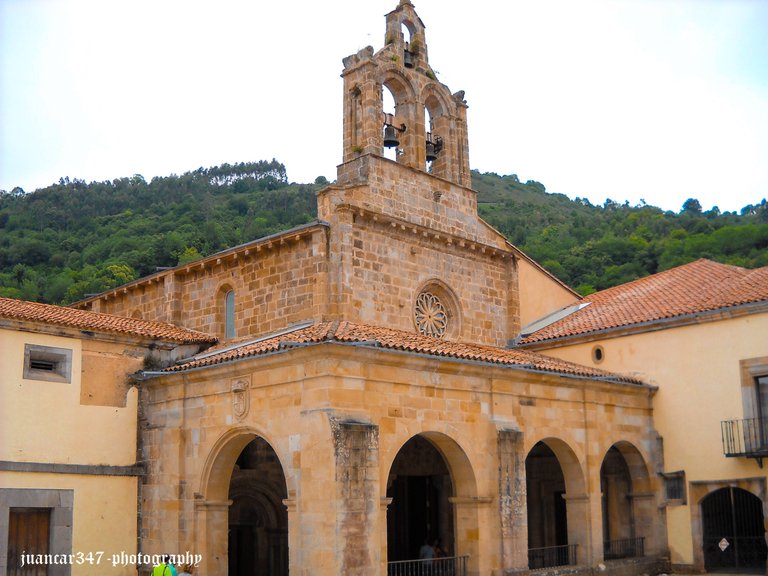
Conocido popularmente con el cariñoso apelativo de ‘el Conventín’, el desconcertante monasterio de San Salvador de Valdedios es uno de los principales ejemplos de una arquitectura fascinante, que, sin responder a modelos previsigodos ni tampoco anticipar modelos prerrománicos, hunde directamente sus orígenes en unas oscuridades repoblacionales, que, además de asistir al descubrimiento de los supuestos restos del Apóstol Santiago en la vecina población gallega de Libredón -actualmente Compostela- forman parte de esa frágil historia de una España prácticamente sumida en el caos: aquella, que, desde el siglo VII hasta pasado el siglo X, asistió, no sólo a la temida llegada del Apocalipsis pregonado por San Juan, influido por sus ensoñaciones en la isla de Patmos, sino también, a la creación de monumentales monasterios, como lo demuestra la cercanía y pocas veces se encontrarán ejemplos tan relevantes, uno frente al otro en el mismo lugar, del monasterio románico de Santa María, ejemplo, además, de la austera belleza de la arquitectura cisterciense.

NOTICE: Both the text and the accompanying photographs are my exclusive intellectual property and are therefore subject to my copyright.
AVISO: Tanto el texto, como las fotografías que lo acompañan, son de mi exclusiva propiedad intelectual y por lo tanto, están sujetos a mis Derechos de Autor.
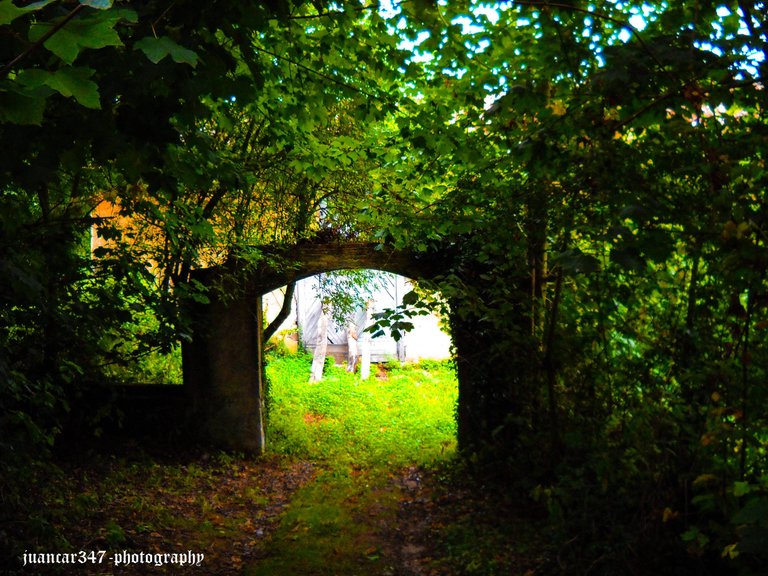
No matter how many historical places there are, these are the most memorable. Visiting here gives you a very special and interesting experience.
They are possibly the most representative of the area, but we mustn't forget that, on both sides of the estuary, Villaviciosa, unlike many other regions in Asturias, preserves a spectacular heritage legacy. Thank you very much for your comment and best regards.
Most welcome.
https://x.com/lee19389/status/1917336341374992809
#hive #posh